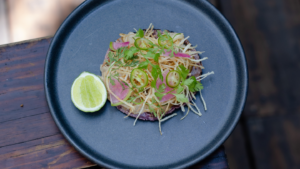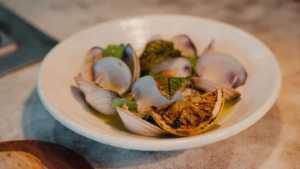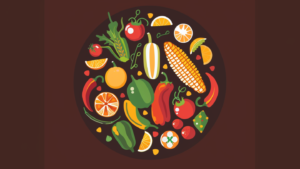(1 minute read)
In the realms of food, taste often takes precedence, however we mustn’t forget the age- old adage that we eat with our eyes first. Indeed, food is a sensory experience that begins with the visual. A beautifully arranged plate of food can stimulate anticipation, and conversely, a poorly presented dish can dampen the desire to dive in. The art of plating is where culinary skills and aesthetic appreciation converge, to create a feast for the eyes.
The plate before you is a blank canvas. Every size, shape, and color of the plate can influence the aesthetic appeal of the dish. Just like a painter who is mindful of their canvas, cooks must embrace the plate they’re working with, considering how it will interact with the food that is placed upon it.
Color and contrast play significant roles in creating visually appealing dishes. The human eye is naturally drawn to variety, and a colorful, contrast-filled plate can enkindle our desire to partake. Like an artist who is deliberate in their color palette, different food colors and contrasts create culinary compositions that not only taste good but look good.
Balance and proportion are also fundamental in plating. They ensure that the components of a dish, from the main elements to the accompaniments, are in harmony. The portion sizes, visual weight, and even the flavors should be balanced, creating a dish that satisfies without overwhelming.
The strategic arrangement of food on the plate guides the diner’s eye and creates a visual narrative. Every element should be placed with intention, telling a story that complements the dish’s flavors and highlighting the journey from farm to fork.
Simplicity often rules in plating. A plate that is too busy or cluttered can confuse the diner, detracting from the culinary experience. When less is more, it allows the quality of the ingredients to shine through.
Every element on a plate should serve a purpose, and this includes garnishes. They should not be mere decorations, but should contribute to the dish’s overall flavor and visual appeal, if anything they should uplift or complement the main components of the dish.
Sauces, too, are more than just flavor enhancers. They can be used creatively to add color, contrast, and visual interest to the plate. The artful presentation of sauces can transform a dish, adding a touch of elegance or whimsy, or surprise.
Consider adding height to a plate, it allows to create visual interest and helps guide the diner’s gaze. Just as an architect uses vertical space to create impactful structures, the height of food elements can create stunning culinary landscapes.
Not to be left out, quite ironic as it sounds, is White space, or the empty space on a plate, is just as important as the filled space. This negative space allows the food to stand out, prevents the plate from appearing cluttered, and creates balance.
Finally, the Rule of Odds, borrowed from the visual arts, suggests that an odd number of elements is more visually appealing than an even number. Use this rule to guide your plating, creating dynamic and balanced compositions to captivate the eye.
The thought, skill, and artistry that goes into plating, is a testament to the cook’s respect for the ingredients and a desire to provide an immersive dining experience that delights all our senses.
We have inserted our first technical manual for you to download: Mastering the art of plating. Ten guiding principes. Download here.






